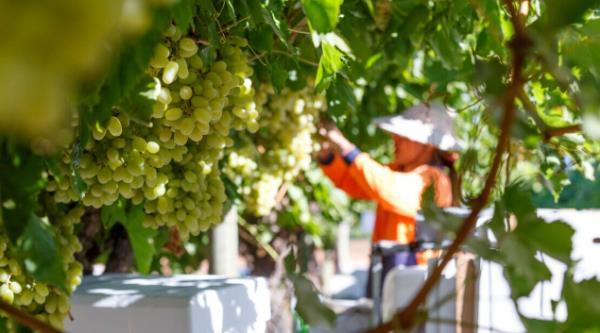Australian table grape production forecast to increase
Australia
Wednesday 13 October 2021
FJ
In Australia the harvest of table grapes begins in October in the north of the country, peak production is reached in February and March, then production ends around May in the south of the country (Photo: australiangrapes.com. to).
In Australia, for the 2021/22 marketing year, table grape production should increase by + 5% in volume and exports should increase by + 7.88%.
According to a USDA Foreign Agricultural Service (FAS) GAIN report, Australian table grape production is estimated at 210,000 tonnes for the 2021/22 marketing year (October to September). That is + 5% compared to 200,000 tonnes for the 2020/21 campaign.
In Australia in the 10 years leading up to fiscal 2019/20, table grape production grew by + 131%. But growth slowed markedly with the COVID-19 pandemic which had a significant impact: the reduction in the availability of labor reduced the volumes produced as well as the volumes of quality table grapes for the export. Lack of containers for shipments and increased transportation costs contributed to the decline in exports in FY2021/21 and are expected to limit exports in FY2021/22.
Australian exports are estimated at 130,000 tonnes for the 2021/22 financial year, i.e. + 7.88% compared to the 2020/21 financial year but a variation of -14.75% compared to the 2019/20 financial year which had recorded the record volume of 152,500 tonnes.
The main markets for Australian table grapes are concentrated in Asia: China, Indonesia, Japan, Hong Kong, Philippines, Vietnam.
In Australia, the state of Victoria, with the regions of Sunraysia and Murray Valley, accounts for 78% of national production. The other producing regions are located in the states of New South Wales, Northern Territory, Queensland, Western Autralia. The northern regions of the country start harvesting in October, then production increases as more southerly areas start harvesting and peaks in February and March. The Sunraysia and Murray Valley regions are the last to complete production around May of each year.
source : fas.usda.gov





